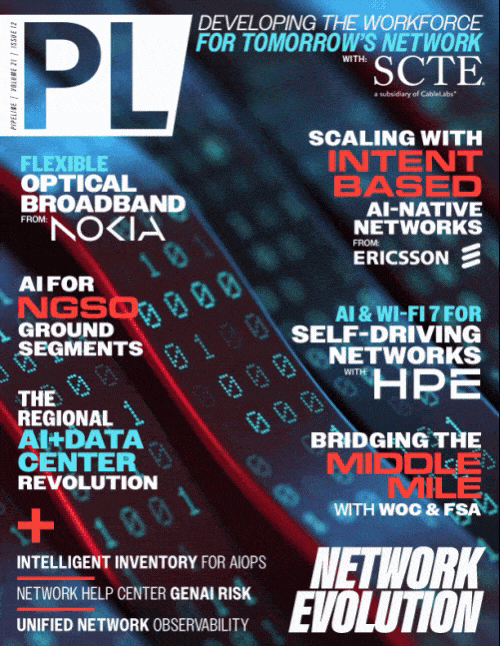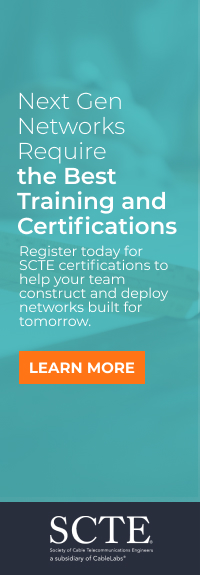If AI is to continue reshaping and advancing different elements of society, then getting the infrastructure right should be top of the list.
data centres rather than large-scale facilities. By taking a decentralised approach, operators can instead place facilities closer to key urban areas and ongoing projects, ensuring there is a
reduced risk of data loss as data and resources are hosted across multiple regions, while avoiding performance bottlenecks. This focus on the edge has helped critical industries to overcome growing
bandwidth and capacity demands.
In addition to edge computing, enterprises are increasingly migrating their workloads to the cloud, as global hyperscalers wake up to the benefits of AI within this sector. Widescale adoption
will increase the commonality and efficiency of automated tasks, helping operators to maximise their existing resources and benefit from data-driven insights for more informed decision-making.
These tools are pivotal for businesses to grow at scale and take their place in this new AI-led era.
We are also seeing many regulations introduced in the Middle East, which have prioritised the local storage and processing of data, in response to the growing economic protectionism seen in the
region. This, in turn, is bolstering decentralised infrastructure within each Kingdom and country found there, prompting data centre operators to carry out regional facility expansions to comply
with these regulations. It will be interesting to see if countries like the United Kingdom and those found across Europe will follow suit.
The role of third-party optics
It should be obvious that these investments and initiatives will lead to long-term benefits for each beneficiary. Yet, in the short term, it has led to significant pressure on today’s data centre
infrastructure.
Within the UAE and Saudi Arabia alone, data centre capacity has doubled in the last four years and is expected to quadruple over the next four. Regarding the UK,
85 percent of operators have reported growing demands linked to the use of AI, with
87 percent expecting further acceleration in 2025. expecting further acceleration in 2025. AI services
have already begun to outpace current supply, and this issue will only be compounded once hyperscale operations are dialled up in the coming years.
As demands for AI-powered services intensify, there will also be mounting pressure on operators to deploy faster and more efficiently. Finding the right transceivers and other optical
components to use within data centres and support these services is critical for operations. So, when it comes to procuring these transceivers, the automatic choice for businesses may be to turn to
the Network Equipment Manufacturers (NEMs) already well-established in the sector.
However, there may be more suitable options when it comes to building effective infrastructure. For example, there are third-party suppliers who are supplying compatible optical solutions
offering the same level of performance as those offered by NEMs, but at a fraction of the price. This makes them a viable option for data centre operators looking to develop multiple localised
sites in a short space of time.
Choosing third-party optics means these businesses can use different vendors and component types within their networks, with all solutions adhering to the latest technical specifications.
Performance is guaranteed as some suppliers carry out 100% testing to ensure these components work as they should in the latest NEM switches and can be simply plugged into a network once the
component arrives. As a result, third-party components are interoperable with some of the major platforms used across the Middle East and the United Kingdom, including Nvidia, Arista, and
Juniper.
Enabling an AI-led future
The market is constantly evolving, but the third-party suppliers have adapted alongside it. Transceivers range from 400G solutions for the seamless integration of components into modern
hyperscale networks – helping to ease the growing pressure – while 800G components offer the ultra-fast speeds required for complex AI workloads.
It’s clear that third-party components have a vital role to play when it comes to the overhauling of infrastructure required in the Middle East and Europe. If AI is to continue reshaping and
advancing different elements of society, then getting the infrastructure right should be top of the list. NEM solutions will be key, but combining these with third-party offerings is the right
path towards future-ready networks.



















